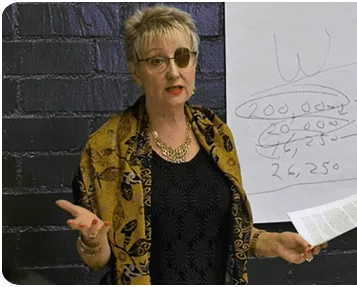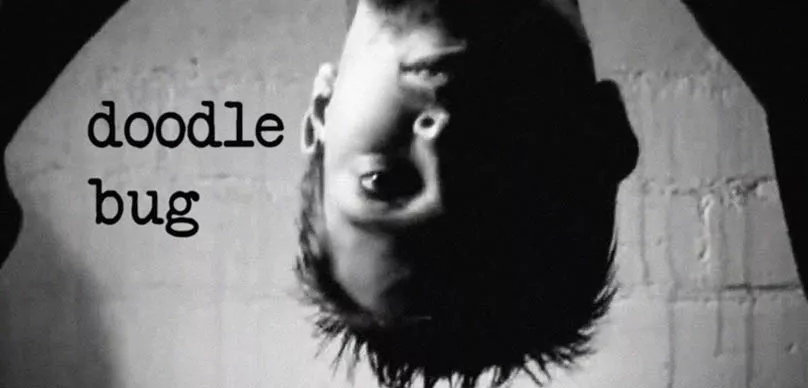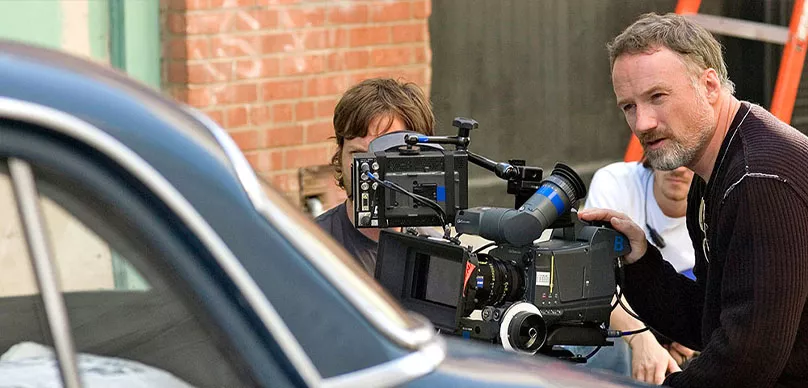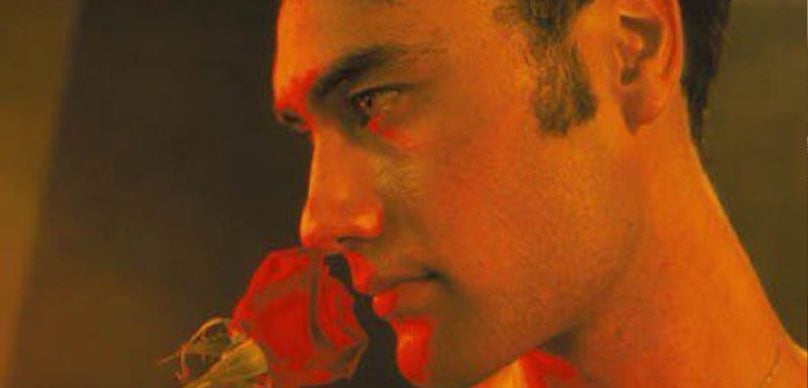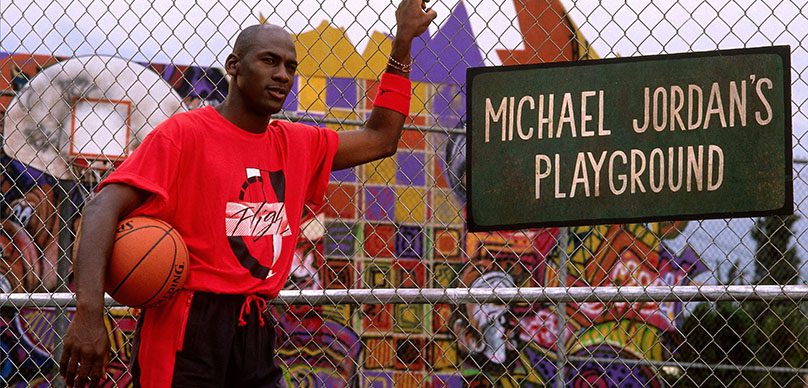Why should I care about old Russian camera lenses? As an indie filmmaker, especially a low-budget indie filmmaker, we are always looking for ways to optimize a very limited number of resources, and for most of us, the most limited resource is money. Ultimately, we are doing everything in our power to try and make our films look and feel the absolute best that they can, which means we are looking for value everywhere, and vintage Soviet lenses are the kings of value.
Why are these lenses such a good value?
World War II Knock-Offs
Some of you may have heard of a small lens manufacturer called Carl Zeiss. They were producing some of the best, if not the best, lenses in the world out of Germany. Germany, as we all know, started and lost World War II against the Allied powers which included the Soviet Union.
I am grossly over-simplifying a complicated issue, but essentially Russia sought reparations from Germany which included obtaining the designs and actual equipment (perhaps even some of the engineers) from Carl Zeiss plants. As a result many Soviet lenses are based on Carl Zeiss designs that cost several times as much as their Soviet counterparts. However, this does not mean that they are the same or as good as Zeiss lenses. It just provides some background on why they are so good.
Communist Cameras
In the Soviet Union socialist ideals lead the government to prioritize the equal distribution of resources to all people equally. Things that were once viewed as luxury goods should be accessible to everyone, and that’s how the Soviet Union theoretically approached the distribution of consumer goods, including cameras and lenses.
Now, if you actually want to provide those goods to everyone, you have to have two things. First a government run system that can control production and price and secondly you have to make a crap ton of cameras and lenses. So the Soviet Union took their Carl Zeiss designs and equipment and went to work. This ultimately results in a lot of good lenses for very little money.
You can pick up a couple of the lenses I’m going to talk about for $20-$50. One of these lenses, the Helios 44, may be the most produced lens ever with millions of units out in the wild. Now that all sounds great, but the flip side of socialist style production, is there’s not a lot of incentive to do better. Either in terms of new innovation or quality control, which provides some drawbacks and opportunities for the indie filmmaker.
Technology Can Ruin Stuff
The technological advances that have taken place over the past couple decades have made it so there is no better time to be an indie filmmaker. We have amazing access to filmmaking tools and equipment utilizing the most cutting edge computer driven design and production methods. But here’s the thing, as far as lenses are concerned, maybe it’s gotten too good.
Maybe technology has homogenized the look of modern lenses and the combination of the modern digital camera you’re using with the latest lens produces something too accurate. Film is inherently not optically perfect and if you’re looking for a film look using a lens that has not been over-engineered can go a long way to achieving that look.
Vintage Russian lenses were made by hand in factories for quite a long time with all of the minor imperfections involved in the process. They have character, and they have it in spades. Those imperfections can create magic and a different look than what everyone is doing running around with the same lens and the same cameras.
I’m Not In History Class, How About You Talk About a Lens.
Got it. Let me start by saying there are a lot of Russian lenses. For filmmaking purposes they can be separated into photo lenses and cine lenses. Both offer great value to indie filmmakers, but the photo lenses are the real steal in terms of quality and price. Two of the most popular lenses are the Helios 58mm and the Mir-1 37mm.
The Gateway Drugs: Helios 44-2 & Mir-1
These are the ones that will get you hooked. They’re inexpensive, interesting, and fun to play with. I think everyone should go out now and purchase these lenses. They should only cost $20-$60 and worst case scenario you can sell it on for about what you paid for it. However, let me issue a warning here.
Go down this path at your own risk. This vintage lens thing can get real out of hand real quick and I don’t want to see you in a couple months with a pickup truck full of Soviet lenses, an empty bank account, and the eBay logo seared into your eyes like you looked at the eclipse too long.
The Helios 44 58mm f2:
This Helios is a design based on (some would say copy of) the Carl Zeiss Biotar 58mm. It is one of the most mass produced lenses ever and was the standard kit lenses on several Zenit models. There are several versions of this lens, and they are all different.
Helios 44 58mm f2 variants:
- Helios 44
- Helios 44-2
- Helios 44M
- Helios 44M-4
- Helios 44M-6
- Helios 44M-7
Go straight for the Helios 44-2. It is labeled Helios 44-2 on the lens and is rather distinctive. There are different mounts that all work with various adapters. I recommend picking up the M42 mount, which is the most common. M42 adapters are readily available for all kinds of mounts and there are even m42 focal reducer adapters that can be fun to play with. The Helios 44-2 also has a clickless aperture and a decently long focus throw which is great for filmmaking.
This lens is all about the swirly bokeh and lens flare! This sucker shoots out flares like it’s the 4th of July. It’s Michael Bay’s spirit animal. Just point at some light and let it rip. The swirly, creamy bokeh produces beautiful images and a certain “je ne sais quoi” you just don’t get from modern homogenized lenses.
Now also keep in mind that each lens that rolled off the factory line was a bit different from the last in terms of quality control, so there are some duds out there, but it also means that each has a slightly different and unique variation that gives these lenses a certain artisanal feel that I enjoy.
To check out some lens tests and learn even more, I highly recommend checking out this link from the definitive vintage lens website: “Vintage Lens For Video“:
You can listen to our interview about ALL thing Vintage lenses below:
The Mir 1 37mm f2.8:
The Mir 1 is one of my favorite Russian lenses. It also produces a lot of lens flare which can be controlled quite a bit with a lens hood if you desire. They thing I love about this lens for me is that it produces the right amount of sharpness while still providing an overall softness to the image and interplays with light beautifully. Like the Helios 44-2 the Mir-1 has a clickless aperture and has an even longer focus throw of 270 degrees.
There are several versions of this lens as well that were made at different times and at different factories.
- Mir-1 Silver
- Mir-1 Black
- Mir-1A
- Mir-1B
- Mir-1V
You can give all these lenses a try, but the one I like the best is the Mir-1 Black. It is also the most common, which works out nicely. There are several mounts for the Mir-1 and as I have mentioned, I recommend going for the M42 mount version. One important thing to know about these lenses is that prior to 1967 the lenses had a more blue coating and after 1967 they received a yellow coating.
The yellow coating is the version I prefer and produces a more neutral color rendition. The first two serial numbers on the lenses denote which year the lens was made, which makes for easy identification on eBay.
These lenses were also made at different factories during their production runs. I have not tested a sufficient amount of these lenses to make any definitive conclusions, but I tend to favor the lenses made after 1967 from the ZMOZ plant which sport this logo on the lens:
Vintage Russian Lenses Tests
You can view some controlled environment camera tests for the Mir-1 along with some other Russian lenses I did in preparation of my upcoming film Auras.
I thought it was interesting how well the Mir-1 compared to the Lomo cine lenses (a topic for another day).
Lionel Kahn is an artist, photograher, and filmmaker. For more on Lionel go to lionelkahn.com and to check out his new film shot with these amazing Russian lenses check out Auras.


